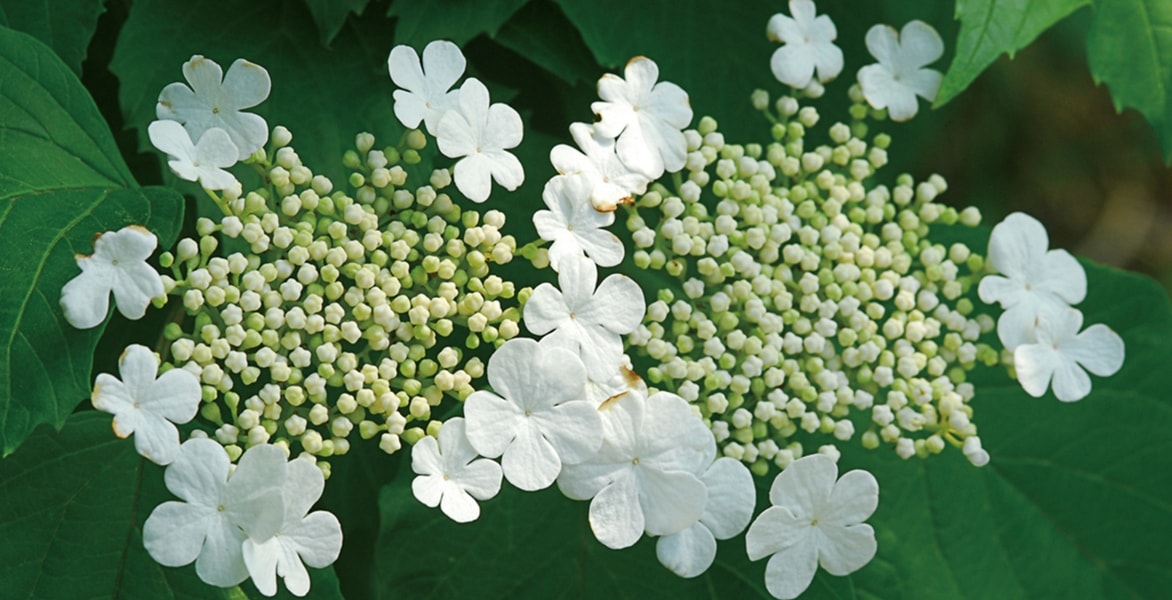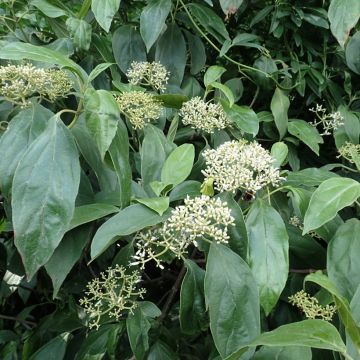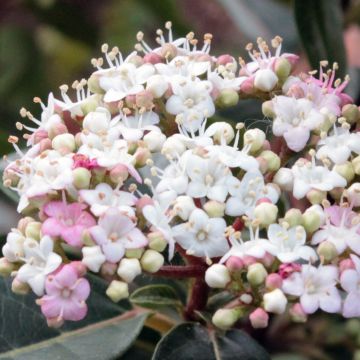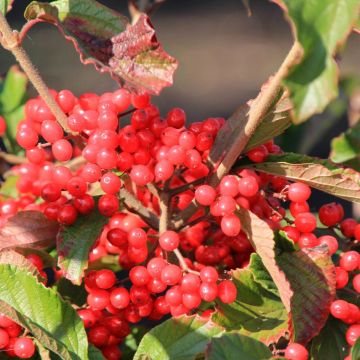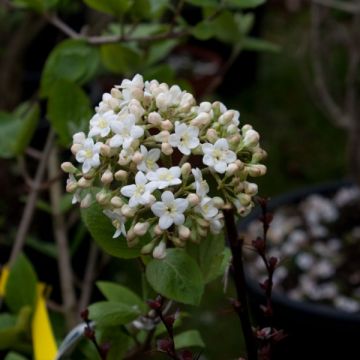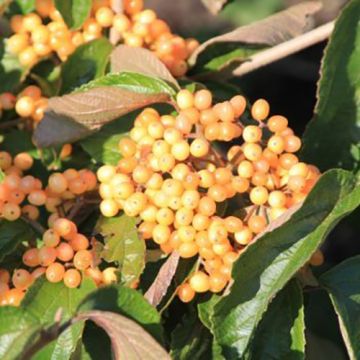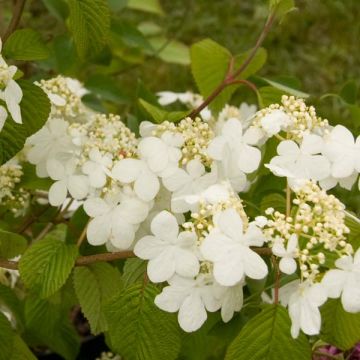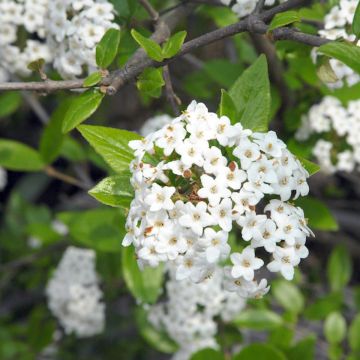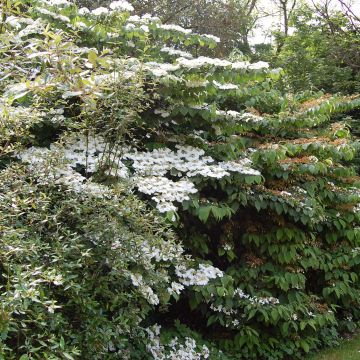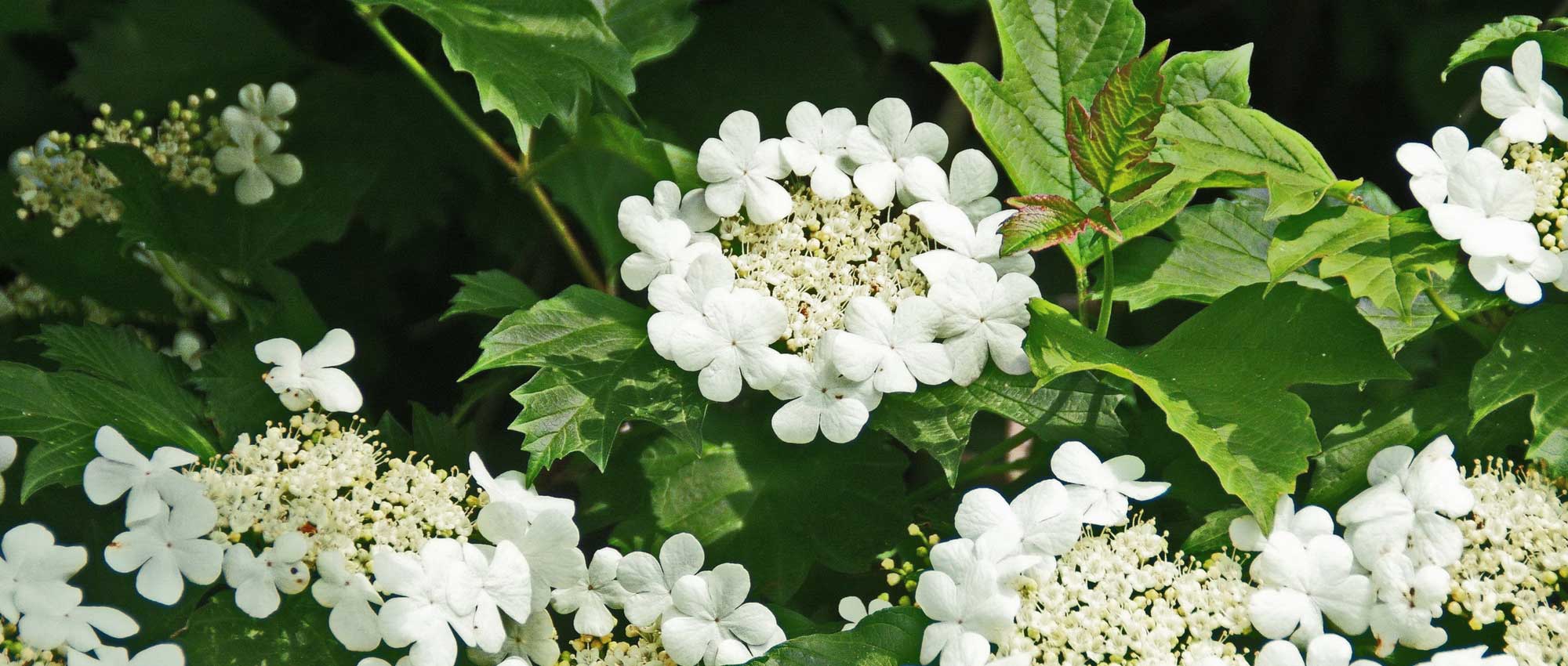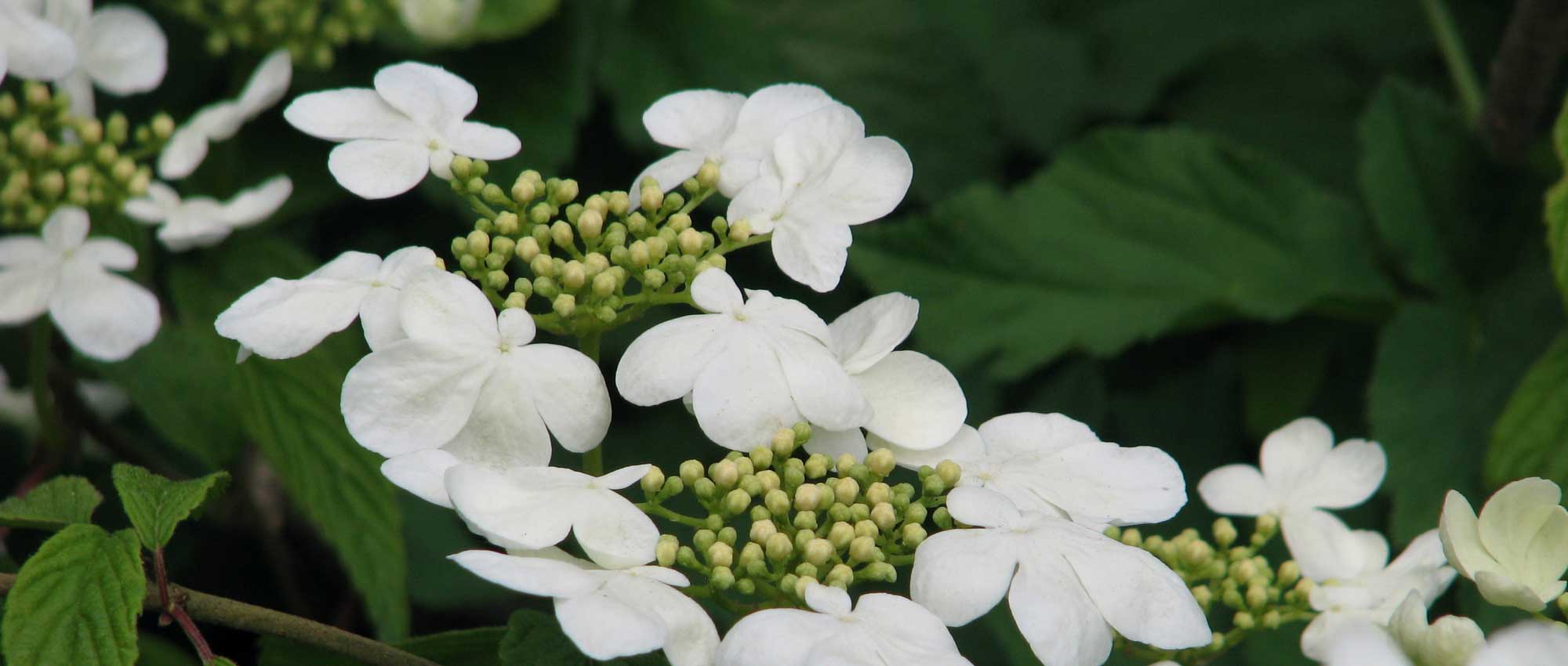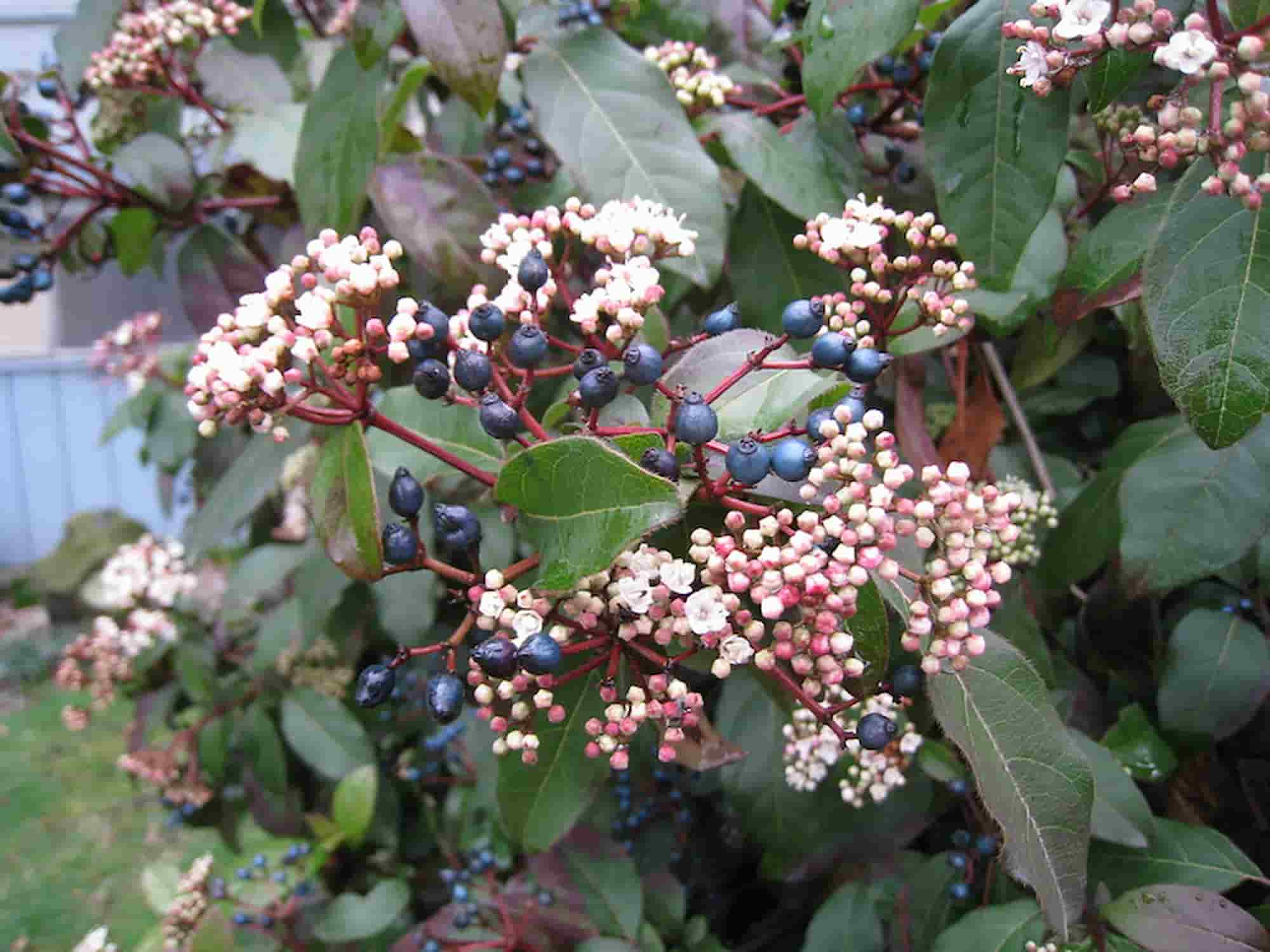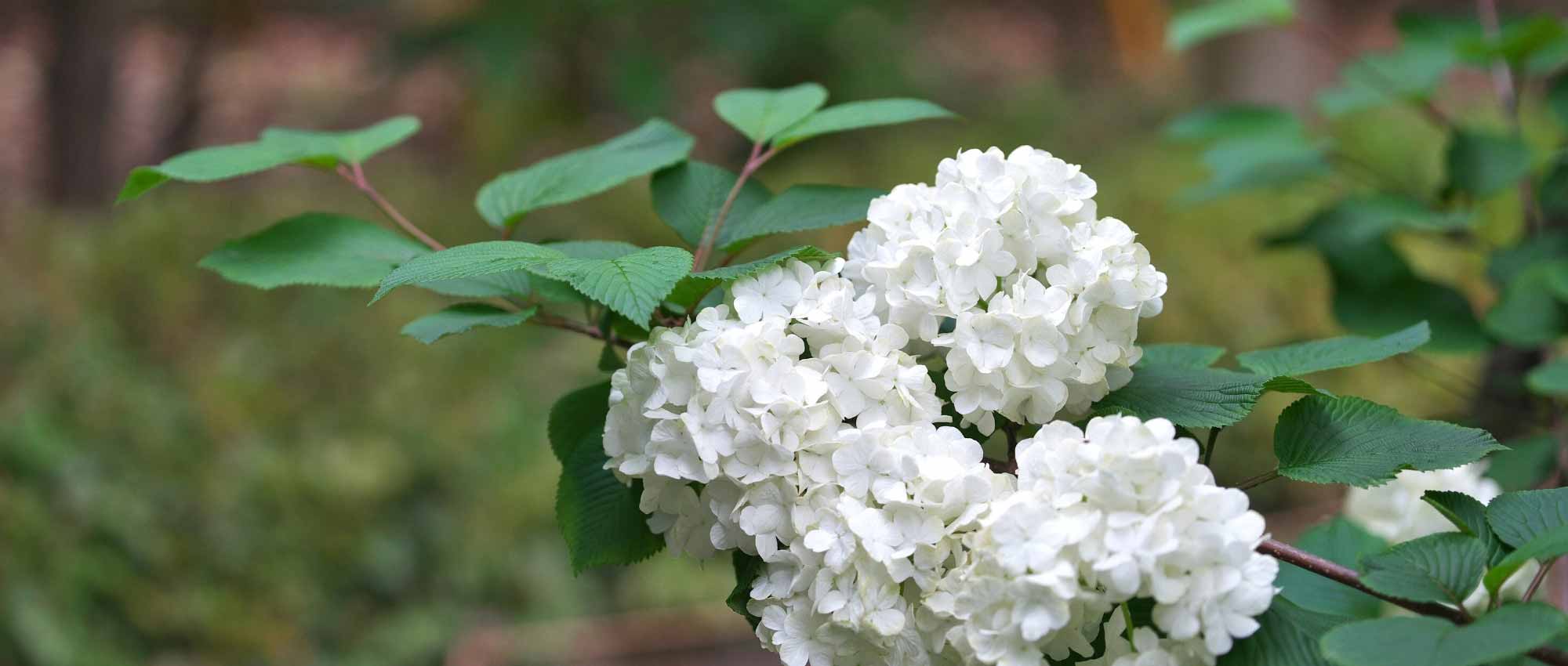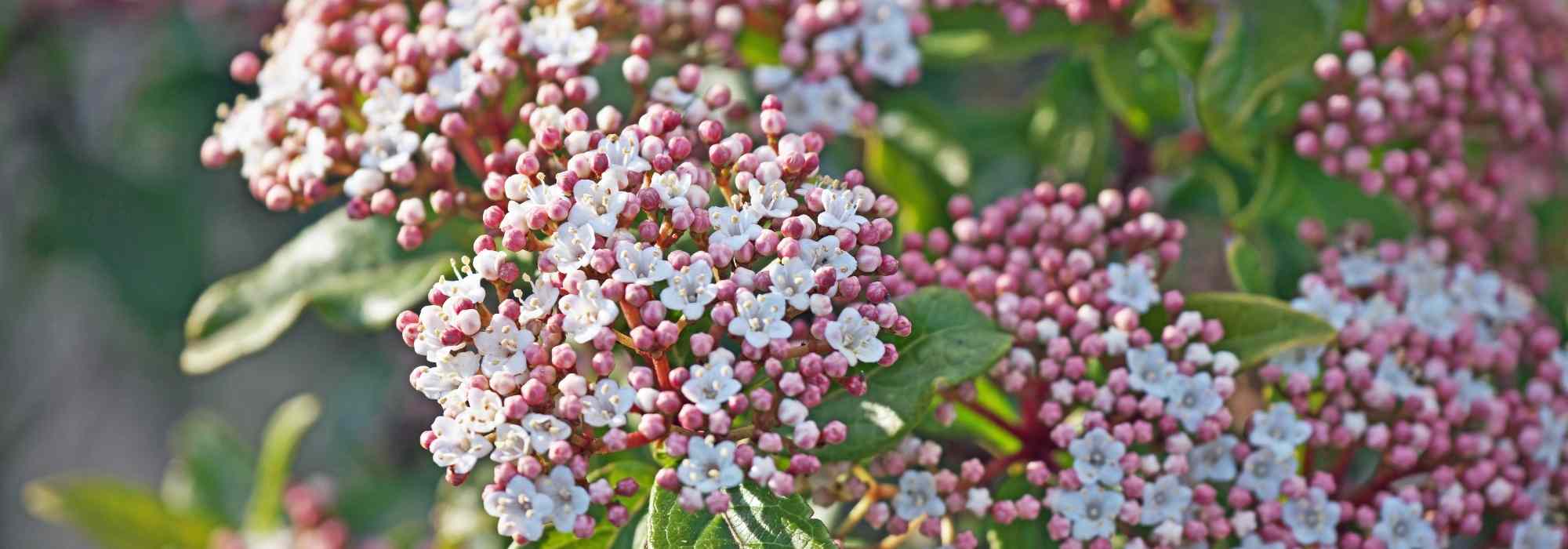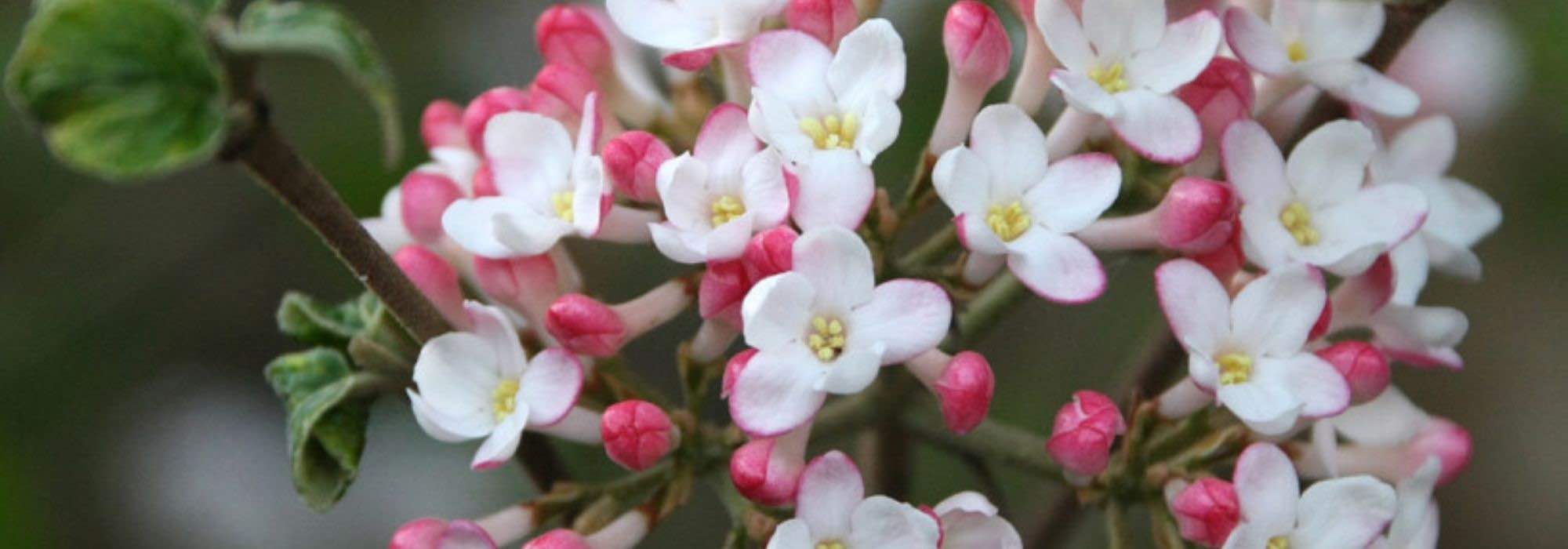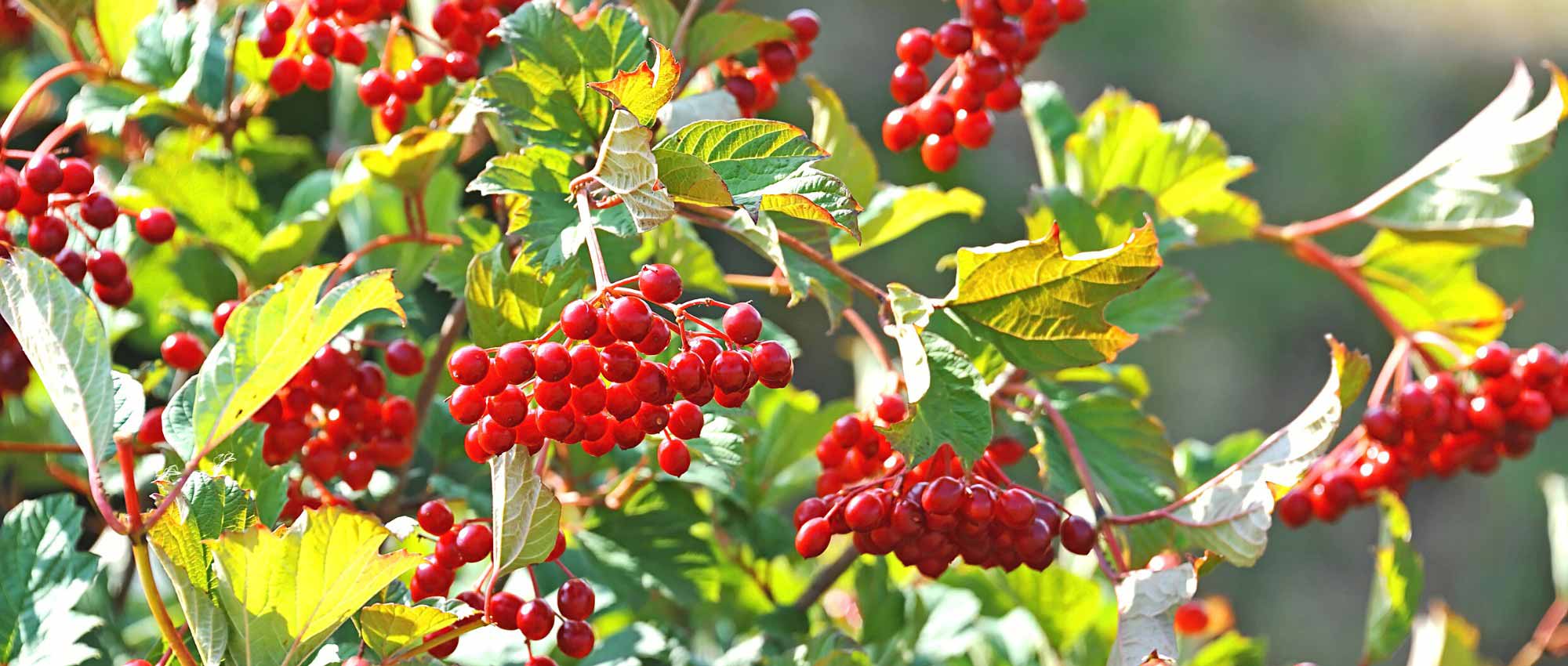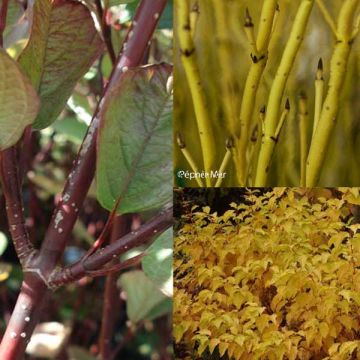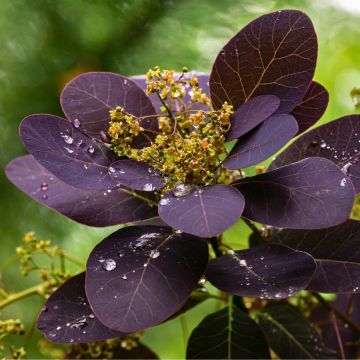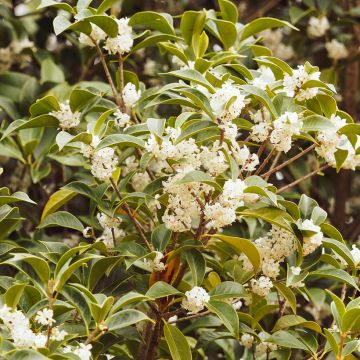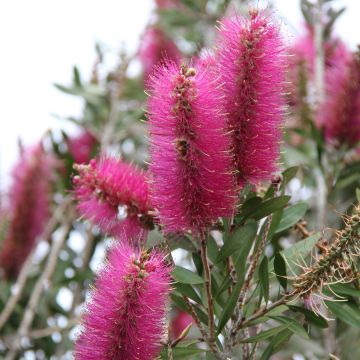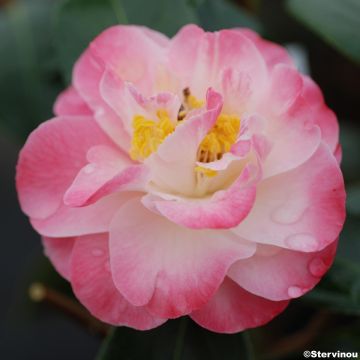

Viburnum dentatum Blue Muffin
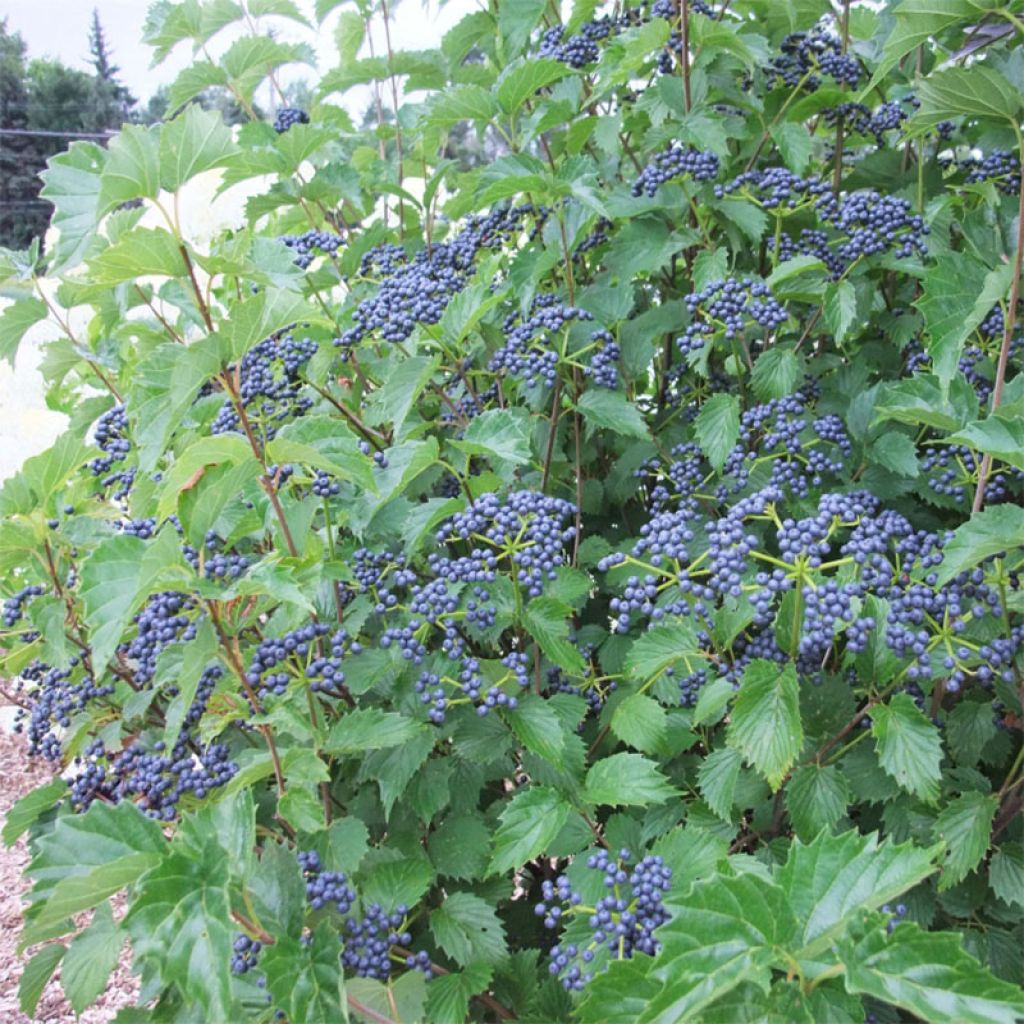

Viburnum dentatum Blue Muffin
Viburnum dentatum Blue Muffin
Viburnum dentatum Blue Muffin
Southern Arrowwood, Arrowwood Viburnum
Despite being placed according to recommendations, the young plant is already 75% dried up. Apparently, the water requirements are too high for my area, or perhaps for the current year we're having...
Marie-Hélène, 04/06/2022
Special offer!
Receive a €20 voucher for any order over €90 (excluding delivery costs, credit notes, and plastic-free options)!
1- Add your favorite plants to your cart.
2- Once you have reached €90, confirm your order (you can even choose the delivery date!).
3- As soon as your order is shipped, you will receive an email containing your voucher code, valid for 3 months (90 days).
Your voucher is unique and can only be used once, for any order with a minimum value of €20, excluding delivery costs.
Can be combined with other current offers, non-divisible and non-refundable.
Home or relay delivery (depending on size and destination)
Schedule delivery date,
and select date in basket
This plant carries a 24 months recovery warranty
More information
We guarantee the quality of our plants for a full growing cycle, and will replace at our expense any plant that fails to recover under normal climatic and planting conditions.
Would this plant suit my garden?
Set up your Plantfit profile →
Description
Viburnum dentatum Blue Muffin is a variety of bush that has retained the rustic character of the species, while concentrating its qualities on a compact and remarkably colourful bush. Charming, it offers white flowers in early summer, gathered in flat-topped clusters, soon replaced by an abundance of fleshy berries that are all the more ornamental as they persist for a long time, resembling blue pearls placed on a transfigured autumn foliage, invaded by golden yellow and then deep red. This attractive fruiting is also very popular with birds. Not demanding in terms of soil type and exposure, this bush requires freshness at its base.
Originally from Eastern America, Viburnum dentatum used to provide wood for Native Americans' arrows. Formerly classified in the family Caprifoliaceae, it now belongs to the Adoxaceae family.
The Blue Muffin variety stands out for its more modest development and increased floribundity. It is a bush with an upright bushy habit reaching about 2m (6ft 7in) in height and 1.25m (4ft 1in) in width, with a rather slow growth. Flowering begins in late May or early June. It is abundant, in the form of light and airy flat-topped clusters, 4 to 10 centimetres (1.6 to 3.9 inches) in diameter at the end of the branches. The flowers are white. This flowering is followed by beautiful blue fruit that persists until winter on the bush. The fruit is ovoid, measuring 5 millimetres in diameter and contains only one seed. It remains on the bush for a good part of the winter. These berries attract birds, which will brighten up the shortest and saddest days of the year. Its deciduous foliage is composed of leaves with very toothed edges (hence the name of the plant), with strongly marked veins, almost round, sometimes bearing tufts of down on the undersides. Bright green and glossy from spring to summer, it turns yellow, then orange and red, with metallic reflections of copper and varnished mahogany.
Hardy well beyond -15°C (5 °F), Viburnum Blue Muffin thrives in sunny, semi-shaded or even shaded positions, but in cool soil. It is mainly used in mixed hedges or shrub beds. In this use, it will accompany other viburnums with staggered flowering (Viburnum lantana, Viburnum x bodnantense, Viburnum x burkwoodii), deciduous Euonymus, or a Cotinus for autumnal flamboyance. A few conifers with dark foliage (Chamaecyparis pisifera 'Baby Blue', Pinus cembra 'Compacta Glauca'), some evergreen shrubs (Eleagnus ebbingei, Viburnum tinus), will form a natural and fascinating screen, fragrant all year round. This champion of hardiness allows for the installation of a very pleasant rustic atmosphere in the company of native plants such as medlars, hazelnuts, hawthorns, some perennials, always in a rustic and local spirit: viper's bugloss, teasels, coquelourdes. Finally, enhance the base of your hedge with some spring bulbs to start the year as early as possible.
Viburnum dentatum Blue Muffin in pictures
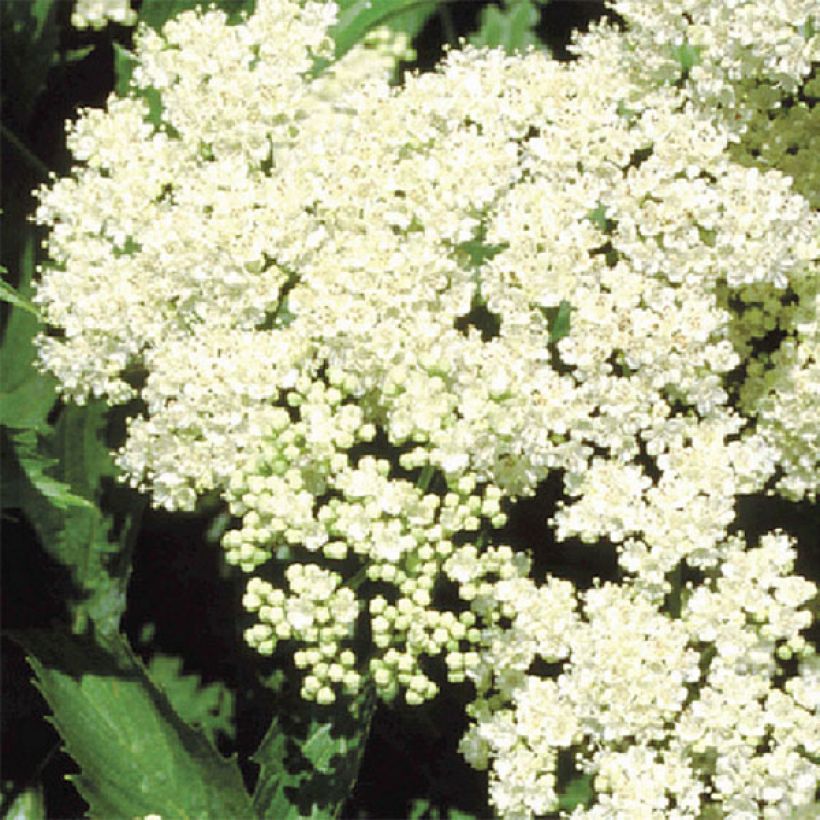

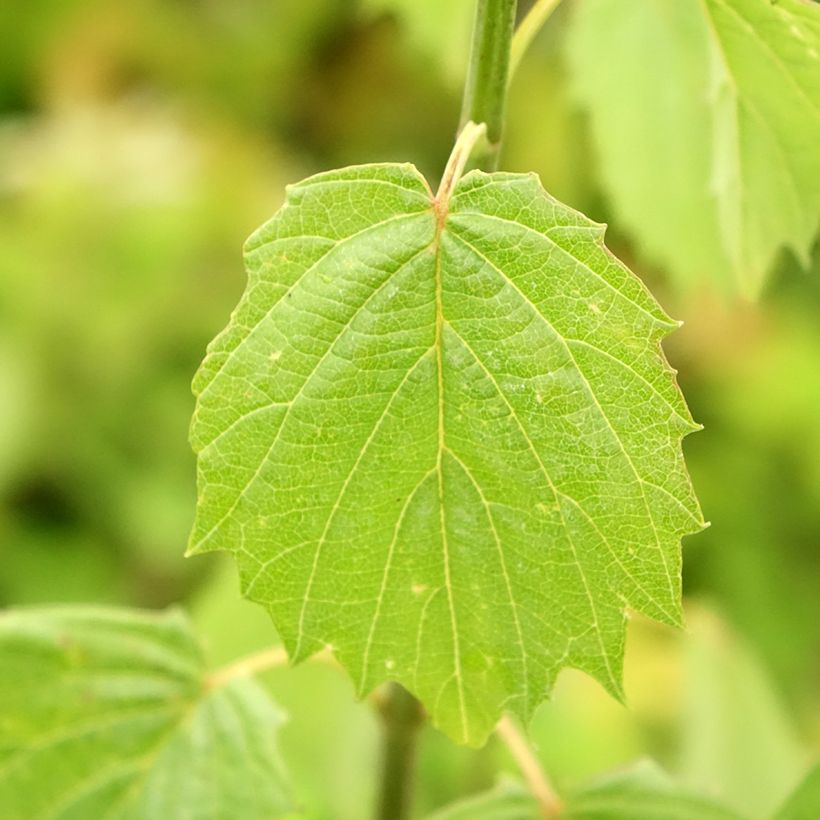



Plant habit
Flowering
Foliage
Botanical data
Viburnum
dentatum
Blue Muffin
Caprifoliaceae (Adoxaceae)
Southern Arrowwood, Arrowwood Viburnum
North America
Other Viburnum
View all →Planting and care
Viburnum dentatum and its varieties thrive in sunny, semi-shady or light shady locations. Plant it in a moist soil, from March to June and from September to December (excluding freezing periods). Any ordinary soil will do, as the plant shows no specific requirements regarding soil pH. Provide drainage in very compact soils and enrich with compost over several years if your substrate seems particularly poor and rocky. Prune lightly after flowering, if necessary, mainly to remove dead wood or reduce the size of the plant.
Planting period
Intended location
Care
Planting & care advice
-
, onOrder confirmed
Reply from on Promesse de fleurs
Similar products
Haven't found what you were looking for?
Hardiness is the lowest winter temperature a plant can endure without suffering serious damage or even dying. However, hardiness is affected by location (a sheltered area, such as a patio), protection (winter cover) and soil type (hardiness is improved by well-drained soil).

Photo Sharing Terms & Conditions
In order to encourage gardeners to interact and share their experiences, Promesse de fleurs offers various media enabling content to be uploaded onto its Site - in particular via the ‘Photo sharing’ module.
The User agrees to refrain from:
- Posting any content that is illegal, prejudicial, insulting, racist, inciteful to hatred, revisionist, contrary to public decency, that infringes on privacy or on the privacy rights of third parties, in particular the publicity rights of persons and goods, intellectual property rights, or the right to privacy.
- Submitting content on behalf of a third party;
- Impersonate the identity of a third party and/or publish any personal information about a third party;
In general, the User undertakes to refrain from any unethical behaviour.
All Content (in particular text, comments, files, images, photos, videos, creative works, etc.), which may be subject to property or intellectual property rights, image or other private rights, shall remain the property of the User, subject to the limited rights granted by the terms of the licence granted by Promesse de fleurs as stated below. Users are at liberty to publish or not to publish such Content on the Site, notably via the ‘Photo Sharing’ facility, and accept that this Content shall be made public and freely accessible, notably on the Internet.
Users further acknowledge, undertake to have ,and guarantee that they hold all necessary rights and permissions to publish such material on the Site, in particular with regard to the legislation in force pertaining to any privacy, property, intellectual property, image, or contractual rights, or rights of any other nature. By publishing such Content on the Site, Users acknowledge accepting full liability as publishers of the Content within the meaning of the law, and grant Promesse de fleurs, free of charge, an inclusive, worldwide licence for the said Content for the entire duration of its publication, including all reproduction, representation, up/downloading, displaying, performing, transmission, and storage rights.
Users also grant permission for their name to be linked to the Content and accept that this link may not always be made available.
By engaging in posting material, Users consent to their Content becoming automatically accessible on the Internet, in particular on other sites and/or blogs and/or web pages of the Promesse de fleurs site, including in particular social pages and the Promesse de fleurs catalogue.
Users may secure the removal of entrusted content free of charge by issuing a simple request via our contact form.
The flowering period indicated on our website applies to countries and regions located in USDA zone 8 (France, the United Kingdom, Ireland, the Netherlands, etc.)
It will vary according to where you live:
- In zones 9 to 10 (Italy, Spain, Greece, etc.), flowering will occur about 2 to 4 weeks earlier.
- In zones 6 to 7 (Germany, Poland, Slovenia, and lower mountainous regions), flowering will be delayed by 2 to 3 weeks.
- In zone 5 (Central Europe, Scandinavia), blooming will be delayed by 3 to 5 weeks.
In temperate climates, pruning of spring-flowering shrubs (forsythia, spireas, etc.) should be done just after flowering.
Pruning of summer-flowering shrubs (Indian Lilac, Perovskia, etc.) can be done in winter or spring.
In cold regions as well as with frost-sensitive plants, avoid pruning too early when severe frosts may still occur.
The planting period indicated on our website applies to countries and regions located in USDA zone 8 (France, United Kingdom, Ireland, Netherlands).
It will vary according to where you live:
- In Mediterranean zones (Marseille, Madrid, Milan, etc.), autumn and winter are the best planting periods.
- In continental zones (Strasbourg, Munich, Vienna, etc.), delay planting by 2 to 3 weeks in spring and bring it forward by 2 to 4 weeks in autumn.
- In mountainous regions (the Alps, Pyrenees, Carpathians, etc.), it is best to plant in late spring (May-June) or late summer (August-September).
The harvesting period indicated on our website applies to countries and regions in USDA zone 8 (France, England, Ireland, the Netherlands).
In colder areas (Scandinavia, Poland, Austria...) fruit and vegetable harvests are likely to be delayed by 3-4 weeks.
In warmer areas (Italy, Spain, Greece, etc.), harvesting will probably take place earlier, depending on weather conditions.
The sowing periods indicated on our website apply to countries and regions within USDA Zone 8 (France, UK, Ireland, Netherlands).
In colder areas (Scandinavia, Poland, Austria...), delay any outdoor sowing by 3-4 weeks, or sow under glass.
In warmer climes (Italy, Spain, Greece, etc.), bring outdoor sowing forward by a few weeks.






























